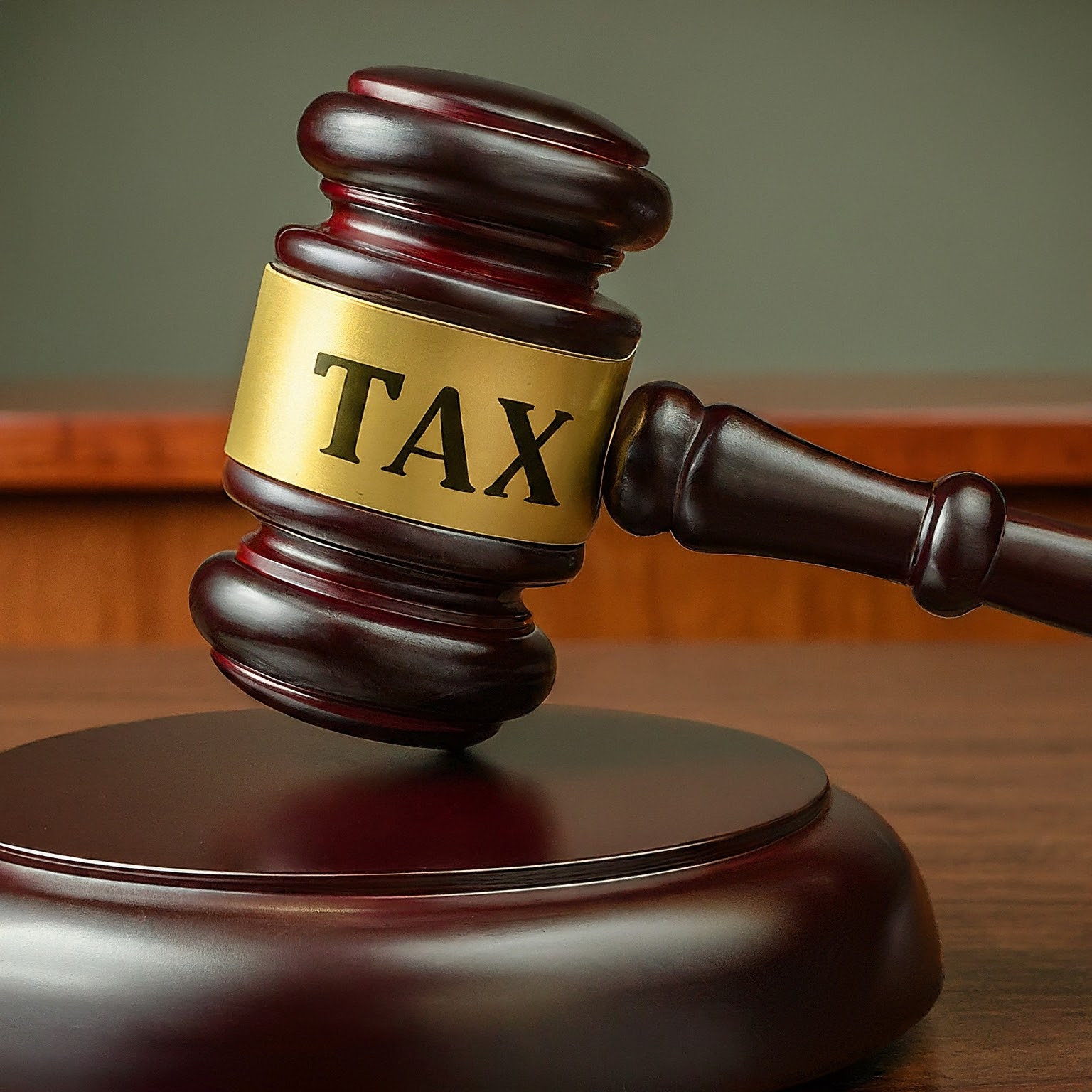A recent U.S. Court of Federal Claims decision, Ju v. United States, has highlighted the importance of meticulous recordkeeping for taxpayers seeking to exclude capital gains from the sale of qualified small business stock (QSB) under Section 1202.
Section 1202 offers a significant tax exclusion to incentivize innovation: shareholders who hold QSB stock for more than five years and meet specific requirements can exclude some or all of the capital gains from the sale of that stock. However, as Dr. Ju discovered, claiming this exclusion requires strict adherence to the rules, and failing to do so can lead to a hefty tax bill.
The Case of Dr. Ju
Dr. Ju, after selling his shares in Selexys, a company he had founded during his time at the University of Oklahoma, initially paid capital gains taxes on the sale. However, in 2019, Dr. Ju filed amended tax returns for 2015 and 2016, seeking a refund for these taxes paid. He claimed the sale of his Selexys stock qualified for the Section 1202 exclusion, potentially saving him a significant amount of money.
Court Case Highlights Importance of Documentation
Dr. Ju’s case against the United States for capital gains exclusion under section 1202 exposes the importance of strong documentation for taxpayers. Let’s delve deeper into the court’s rulings on the two sets of shares Dr. Ju claimed:
2015 Settlement Shares (53,000 shares): Dr. Ju argued that he should be able to apply the five-year holding period requirement to these shares since he believed he had ownership rights dating back to 2003. However, the court disagreed. Their decision hinged on when Dr. Ju actually acquired legal ownership of the shares. Since the settlement agreement in 2015 formally transferred ownership from the University of Oklahoma to Dr. Ju, the court considered that the five-year holding period began at that point. Dr. Ju having sold the shares in 2016 meant he fell short of the five-year minimum ownership requirement.
This ruling emphasizes the need for clear and documented ownership trails. While potentially valid legally, Dr. Ju’s claim of ownership rights from 2003 wasn’t enough to satisfy the court’s definition of ownership for purposes of section 1202.
Shares issued in 2003 (18,000 shares): Here, Dr. Ju faced another hurdle – the $50 million gross asset test. To qualify for the section 1202 exclusion, the issuing company’s (Selexys in this case) “aggregate gross assets” must be $50 million or less at all times from its incorporation through immediately after the stock issuance. Dr. Ju presented financial records from 2009 to 2011, demonstrating that Selexys’ gross assets were well under the threshold during that period; however, he did not present such evidence from the time his stock was issued.
The court deemed this evidence insufficient. The crux of the issue was the timing. The stock issuance for these shares occurred in 2003, six years before the financial records Dr. Ju presented. The court pointed out that a company’s asset levels can fluctuate considerably over time. Dr. Ju’s documentation, while relevant to Selexys’ financial health in later years, didn’t address the critical period surrounding the stock issuance in 2003.
This aspect of the case highlights the importance of obtaining and maintaining documentation specifically relevant to the timeframe mandated by section 1202. In Dr. Ju’s case, records demonstrating Selexys’ gross assets upon the 2003 issuance date, and technically at all times prior, would have been crucial for his argument.
Lessons Learned and Avoiding a Tax Battle: Documentation is Key
The Ju case underscores several critical lessons for taxpayers seeking the Section 1202 exclusion:
- Maintain Detailed Records: Taxpayers should retain comprehensive documentation that proves they meet all Section 1202 requirements, particularly regarding the company’s financial health at the time of stock issuance. This could include audited financial statements, tax documents, and any relevant legal agreements.
- Demonstrate Meeting the QSBS Criteria: Maintaining records is the first priority. However, the numerous intricacies of Section 1202 include that certain tests are met when stock is issued and that others are met over the course of a shareholder’s holding period. Some criteria are measured at the fair value of assets, whereas others are calculated using the tax basis of assets. Some need to be met by the issuing corporation and others by the shareholder. These complexities make validating that the criteria are met essential to claiming the exclusion.
Tax attorney Joseph Wiener, Esq. of RSM reinforces the importance of this combined approach: “Over the past few weeks alone, I’ve advised clients seeking to exclude capital gains under Section 1202, with exclusion amounts ranging from the tens of thousands to the hundreds of millions,” Wiener explained. “Regardless of the amount, I always emphasize the need for meticulous documentation to support adherence to the rules.”
Wiener further stressed that proper documentation helps taxpayers avoid potential scrutiny from the IRS: “It pays to be prudent and have answers ready before the IRS comes knocking. This is true whether the exclusion amount is large or small, although added scrutiny is certainly warranted for larger exclusions.”
The Ju v. United States case serves as a cautionary tale for taxpayers seeking the Section 1202 exclusion. Careful recordkeeping and consulting with tax professionals are essential to navigate the complexities of this tax benefit and avoid a potential tax battle with the IRS.
Sources
Gottschalk, S., Wiener, J., & Tekbali, A. (2024, March 29). Section 1202’s tax exclusion: Court rules taxpayers didn’t satisfy high burden. Retrieved from RSM: https://rsmus.com/insights/services/business-tax/section-1202-tax-exclusion-court-rules-didnt-satisfy-high-burden.html
Joseph Wiener, E. (2024, April 1). Retrieved from LinkedIn: https://www.linkedin.com/feed/update/urn:li:activity:7180584949593317377/
Ju et alv. USA, No. 22-1515 T (In The United States Court of Federal Claims March 18, 2024).
This article does not constitute legal or tax advice. Please consult with your legal or tax advisor with respect to your particular circumstance.

